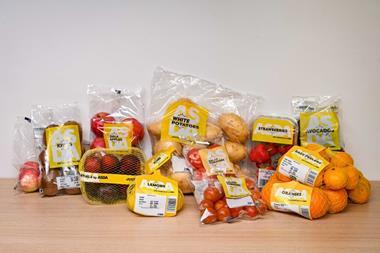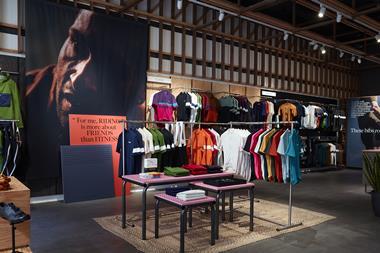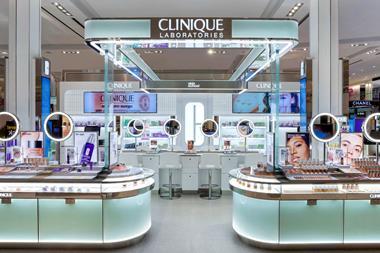Retailers need to think about how personalisation strategies fit with building and retaining customer trust, historically the most important determinant of lifetime value, maintains OC&C’s Matt Coode
There has been an increasingly active industry discussion about how to deal with rapidly changing consumer behaviour.
The UK consumer of 2023 is not just polarising across age and income lines. There is also a growing level of variability and internal inconsistency within individual consumers.
We are seeing shoppers obsessed by price but willing to invest more liberally on both key statement purchases and more indulgent self-care.
They are increasingly conscious about sustainability but relax their stance if it makes consuming what they want harder or slower.
“Even in grocery, more than 80% of consumers have switched their brand and retailer behaviour in the last three months”
An OC&C survey found 85% of consumers say their desire to form trusted bonds with selected retail brands has heightened in the last two years, but we’ve never seen higher promiscuity in how they shop around.
Kantar data shows that even in grocery, the most habitual retail category, more than 80% of consumers have switched their brand and retailer behaviour in the last three months – up from 60% pre-pandemic.
While triggered by a cocktail of pandemic and macroeconomic uncertainty, we’re seeing signs that this volatile behaviour is here to stay.
It is making traditional routes to customer acquisition and retention less potent and has amplified the volume of conversations about personalisation and the reinvention of loyalty programmes around executive and board tables.
Personalising customer experience is undoubtedly valuable. For example, a study by Deloitte concluded that effective personalisation can increase customer spend by 16%.
Most of the suggestions being given to retailers have consequently pushed to investing in data capture, strengthening technical foundations, and embracing AI and advanced analytics, while business cases have been built most consistently around conversion rate improvement and basket size inflation.
“The future winners will not just be those with the biggest brains and sharpest elbows, but those who have also invested in a healthy heart and soul”
I’d agree that retailers and brands must build these capabilities but would urge them to tread carefully.
The future winners will not just be those with the biggest brains and sharpest elbows, but those who have also invested in a healthy heart and soul.
Three thoughts about what will distinguish those who deliver the most value from personalisation:
Double down on a clear customer strategy
A common misconception is that personalisation allows retailers to dramatically expand the customer segments they can serve. This is wrong.
It is critical that personalisation doesn’t come at the expense of retaining a strong point of view and making tough choices about who the target customers are and how they build integrity and consistency into brand positioning.
In a personalised world, focused and choice-focused customer strategy becomes more essential than ever.
Obsess about trust
Retailers need to think about how their personalisation strategy fits with building and retaining customer trust – historically the most important determinant of lifetime value.
OC&C’s consumer polling over a decade points to trust in the most sophisticated digital platforms dropping significantly since 2017 as consumers question whether they are really ‘on their side’.
Personalised recommendations and ads have veered from helpful to intrusive, while personalised pricing and promotions have driven accusations of bias and loss of faith in value for money.
As they adopt personalisation strategies, retailers must ensure they are genuinely helping customers to have a better and more valuable relationship with them.
The evolving offer around Sephora’s Beauty Insider programme is increasingly delivering on this, offering tailored reward across physical and digital channels.
Think about the experience, not just conversion
The greatest investments in personalisation have so far come in driving online conversion – presenting tailored assortment or promotions to best trigger an immediate purchase.
But, for many, online is increasingly building momentum as an exploration and advisory channel where success is driven by the experience and expertise offered.
Retailers must think about more rounded strategies, ensuring that they deepen customer relationships, not just optimise the shelf-edge for the next transaction.
Adidas provides a great example of using personalisation to offer carefully curated content and experience that enhances the brand and steers away from feeling overtly commercial.
Personalisation will be a vital weapon in the kit bag of the future retailer, but those who reap the benefits will combine it with a clear and distinctive sense of identity and view it as an integral component of building customer trust and loyalty.
The many who are deploying it narrowly to grab a quick buck will find themselves on the wrong side of an increasingly promiscuous customer.
- Don’t miss the best of the week – sign up to receive the Editor’s Choice every Friday































1 Reader's comment